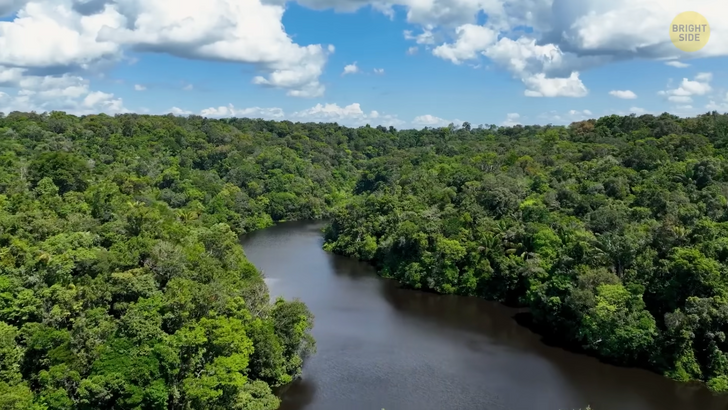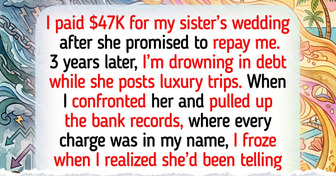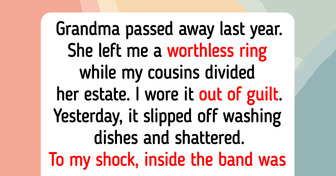I Excluded My Wife From My Kids’ Core Memories—She’s Too Busy Working

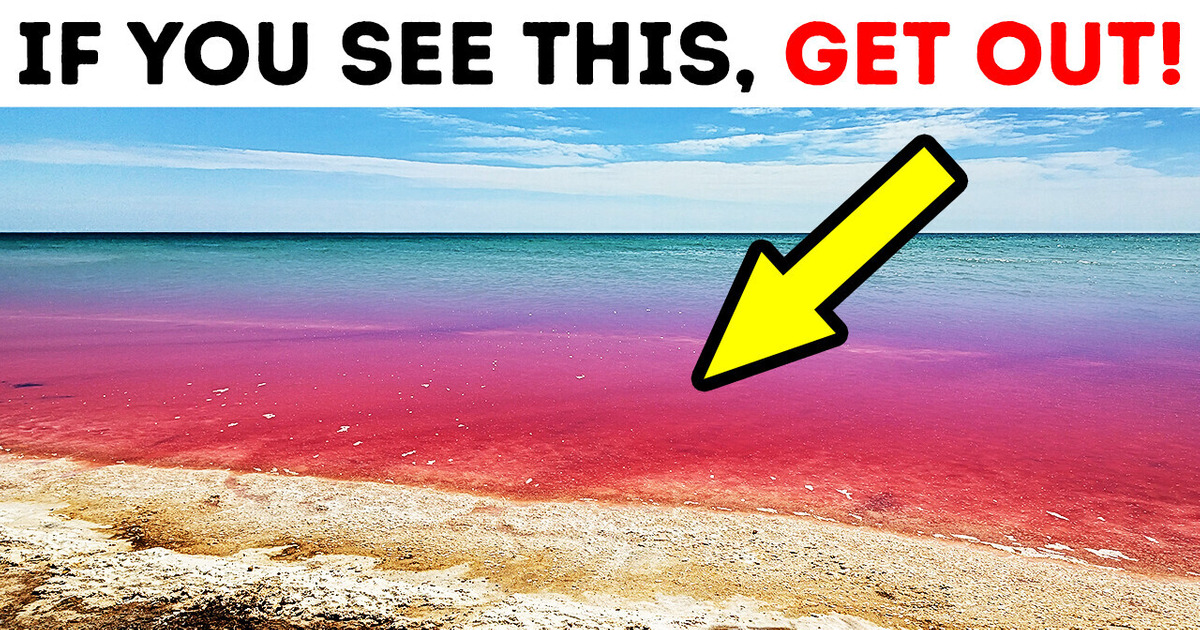
The Baltic Sea anomaly. In 2011, a diving team came down to the bottom of the northern part of the Baltic Sea — they went on a treasure hunt. But what they came upon was a pretty weird object. When they took photos and showed them to others, many believed it was a sunken spaceship of another civilization.
Other people thought that some natural causes formed the object. But the metals inside the structure definitely couldn’t have been formed naturally. Now, some scientists even believe it was something that appeared way back in the Ice Age. Maybe it was even a meteorite that ended up trapped under ice back then.
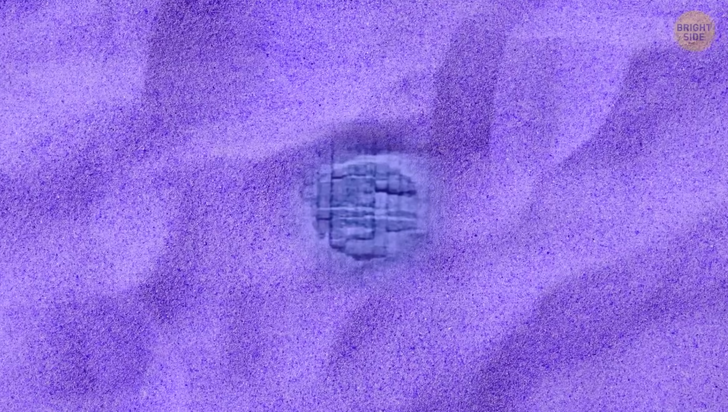
A maelstrom is a whirlpool, some sort of powerful rotational current that forms when two currents collide and create a circular vortex. Even fearless Vikings were afraid of maelstroms because those were forces so powerful that they could sink large ships.
These whirlpools remain dangerous even today. But luckily, not for big modern ships that are large enough to withstand the power of maelstroms. But a cruise ship that gets into a maelstrom usually faces massive waves that can rock even big vessels from side to side pretty intensely.
A maelstrom can be so strong it can turn into some sort of underwater black hole. Yup, black holes are not only present in the cold expanse of space. You can find them here on our home planet, too, swirling in the oceans. They’re similar to those in space since they’re compacted so tightly that nothing they trap can escape.
Underwater black holes often span up to 93 miles in diameter. And if you got into one of those, you probably wouldn’t even know it. These black holes act like vortices. But because of their size, even professionals can hardly see their boundaries.
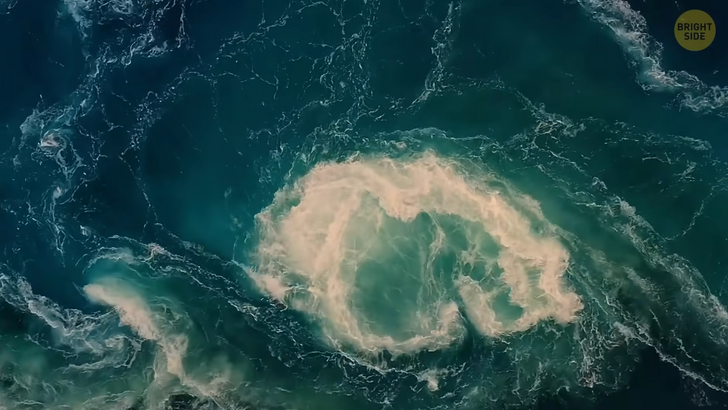
Here’s something relaxing. Next time you go to the beach, pay attention, and maybe you’ll see an optical phenomenon called the green flash. You can see it shortly after sunset or right before sunrise. It occurs when the sun is almost completely below the horizon, while its rim — the upper one — is still visible.
For just a second or two, that upper edge of the sun will appear green. It’s because you’re looking at the sun through thicker parts of the atmosphere as it’s moving down in the sky.
As it’s dipping below the horizon, light refracts — or bends — in the atmosphere and gets dispersed. Wait for a clear day with no clouds or haze on the horizon to see this phenomenon better.
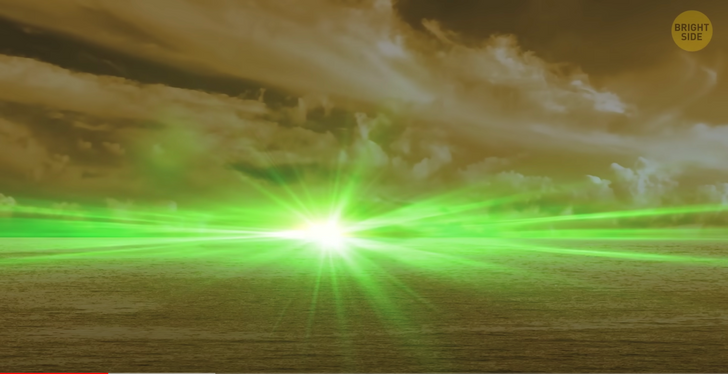
You’ve been looking forward to a nice swim only to realize that the water in the ocean is red? Better avoid going in.
Florida is known for its red tides. It occurs when the concentration of specific microscopic algae [Karenia Brevis] is higher than normal. Thousands of species of algae in marine and fresh waters are mostly harmless to animals and humans.
They even help us since they’re an important source of oxygen. But some, like the algae that make the ocean red, can be extremely dangerous for marine animals, like sea turtles, fish, and seabirds.
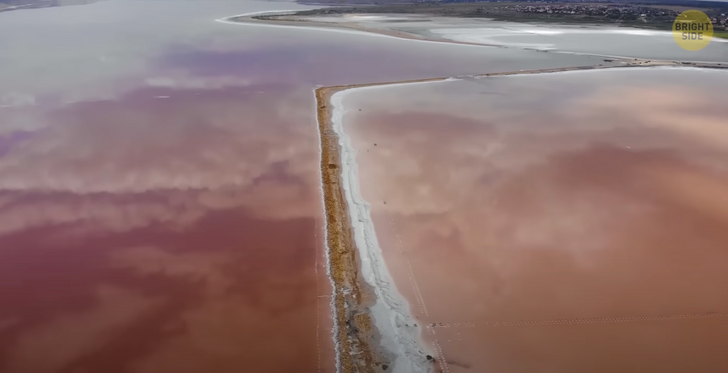
This kind can grow out of control and produce neurotoxins harmful to humans — especially those who have some respiratory issues. Such people should avoid red tide areas, especially when winds are strong enough to push the algae toward the shore. Volcanoes can spew poisonous gas, ash, and red-hot lava — those are the most obvious dangers most of us already know about.
But submarine volcanoes can be very tricky in their own way. Sometimes, when they’re located in shallow waters, they reveal their presence by blasting debris of rock and steam high above the surface. Since submarine volcanoes are surrounded by an unlimited supply of water, they can behave differently from those on land. When they erupt, seawater gets into active submarine vents.
Lava can be spreading across a shallow sea floor or sometimes even flowing into the sea from land volcanoes. When in water, it may cool down so quickly that it shatters into rubble and sand. So, there are large amounts of volcanic debris left there. You know those popular black-sand beaches in Hawaii? That’s how they formed.
Hot lava and powerful eruptions certainly don’t sound safe. But submarine volcanoes in deeper waters are equally dangerous — even though they’re not necessarily erupting. They produce pockets of bubbles. These bubbles reduce the density of the surrounding waters, which can even sink ships. The worst thing is that when you look at the surface of the ocean, you can’t understand something’s wrong. But at the same time, tiny bubbles are there, causing ships to lose buoyancy — and with very little warning.
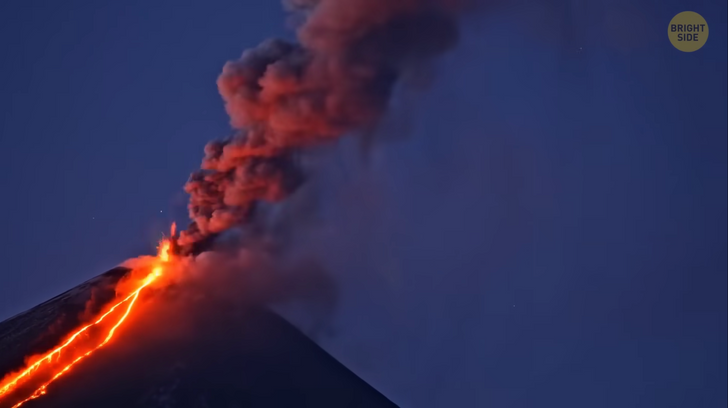
A cross sea is a rare phenomenon, beautiful to observe but also very dangerous. It’s when you see square waves, which are more common in shallow parts of the ocean. That’s something you can often see in France [Isle of Rhé] or on certain beaches of Tel Aviv. But it can also happen in many coastal areas across the world.
A cross sea occurs when two wave patterns travel at oblique angles. They form this checkerboard-like pattern. It mostly happens when two swells meet or when a swell pushes waves in one direction while a strong wind pushes them in another. These square waves can be dangerous for swimmers and boaters.
The waves produced by strong ocean currents can be pretty unpredictable and tall — sometimes up to almost 10 feet. This phenomenon is sometimes called ’white walls.’ These waves can be so powerful that they can turn over even big boats.
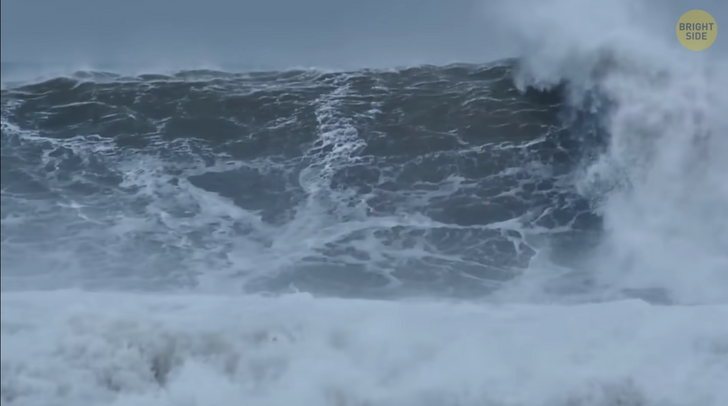
If you fill a clear glass with some ocean water and take a closer look, you’ll see it’s full of very small particles. Seawater contains dissolved salts, fats, algae, proteins, detergents, and other bits of artificial and organic matter.
If you shake that glass, you’ll see tiny bubbles forming on its surface. That’s how sea foam forms when waves and winds agitate the ocean. When you see thick sea foam, algal blooms might have caused it. When big blooms of algae fall apart in the sea, large amounts of that matter move in the direction of dry land.
Most kinds of sea foam aren’t dangerous to humans. But when blooms of algae fall apart, it can have a negative impact on both the environment and people. For example, when sea foam bubbles pop, the toxins they contain get released into the air. And they can irritate your eyes or cause some other health issues.
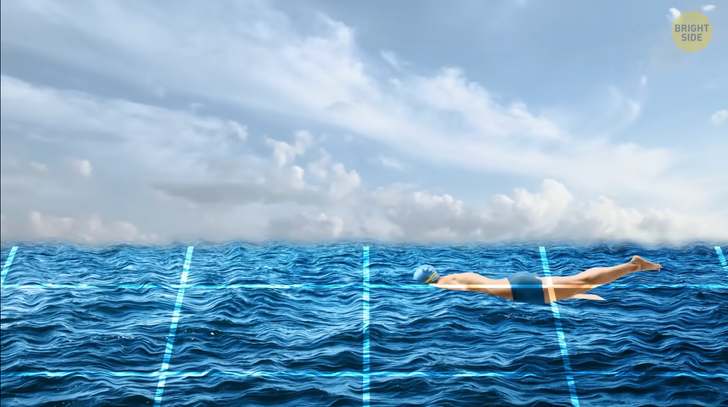
You can see a tidal bore in the areas where a river empties into a sea or an ocean. It’s a powerful tide that goes against the current and pushes up the river. A tidal bore falls into a category of something called the surge, which is a sudden change in depth.
A tidal bore is a positive surge, which means it pushes up a river, making it much deeper. A negative surge is when the river suddenly becomes very shallow.
You won’t see tidal bores everywhere. The river must be fairly shallow with a narrow outlet to the sea. The place where the sea and the river meet must be flat and wide. Also, the area between low and high tide must be at least 20 feet across.
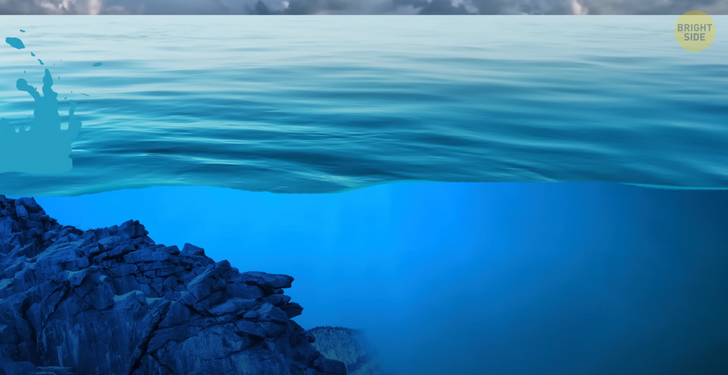
Of course, there are some exceptions, like the Amazon River — the world’s largest one. The mouth of the Amazon is not narrow, but the river experiences tidal bores. That’s because its mouth is shallow and has many sandbars and low-lying islands.
The tidal bore is so strong there that the river doesn’t even have a delta. Its sediment goes directly into the Atlantic Ocean, where fast-moving currents take it away. A tidal bore is often unpredictable and can be extremely rough — in many cases, it changes the color of the river from greenish or blue to brown.
It can damage vegetation or even tear trees out of the ground. So, recreation sports like kayaking and river surfing can be hazardous in these areas. Even if you just want to take a look at a tidal bore, be careful. Tidal waves can sweep over lookout points and drag whatever or whoever is there into the churning river.
